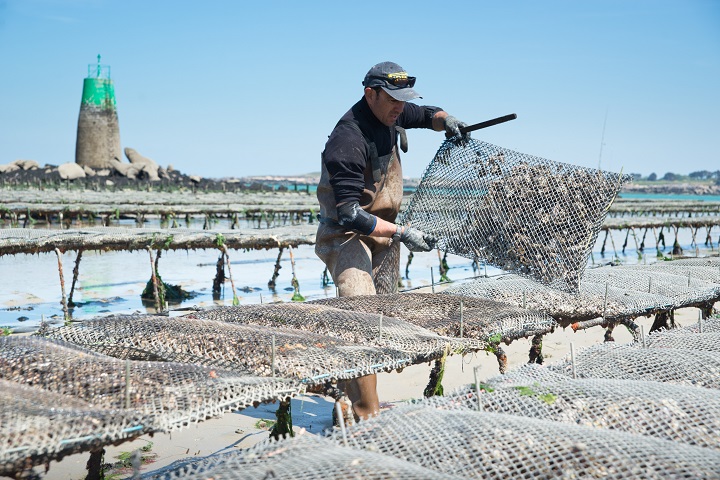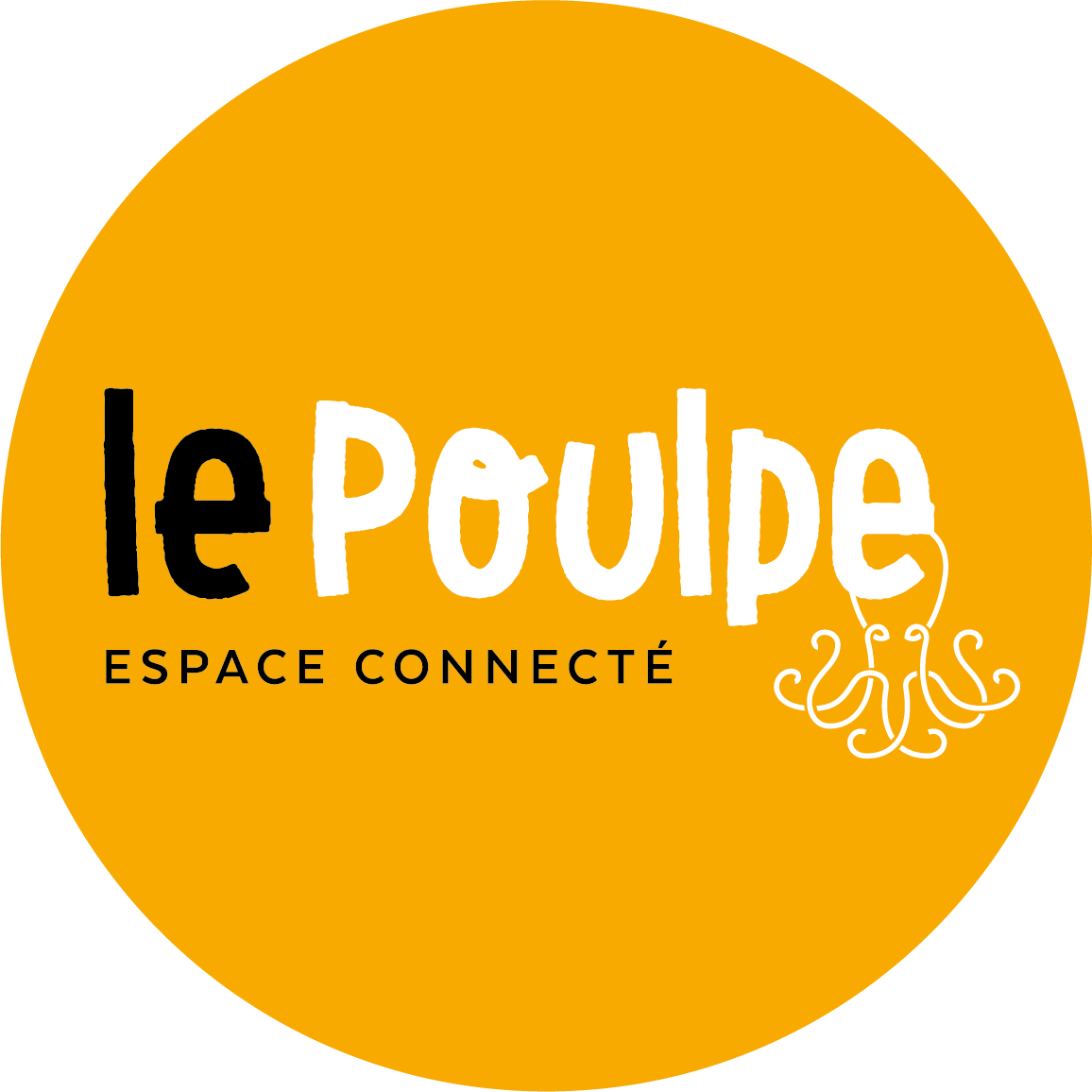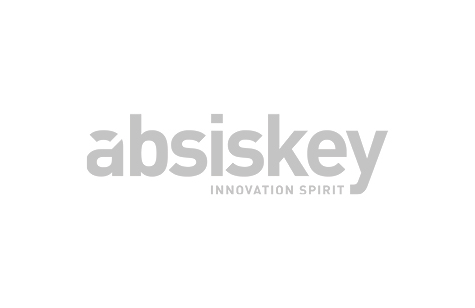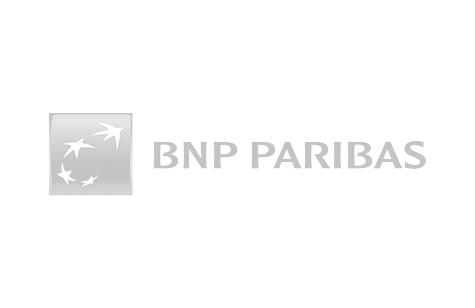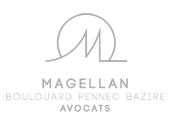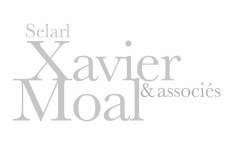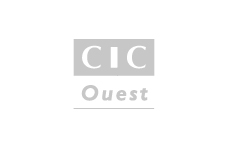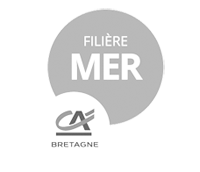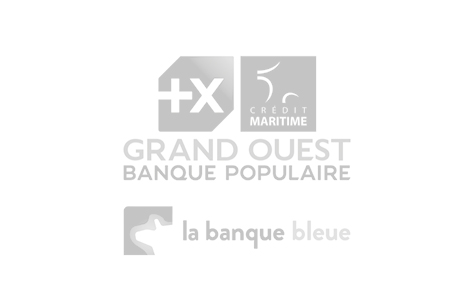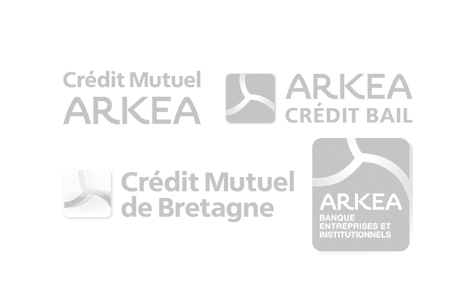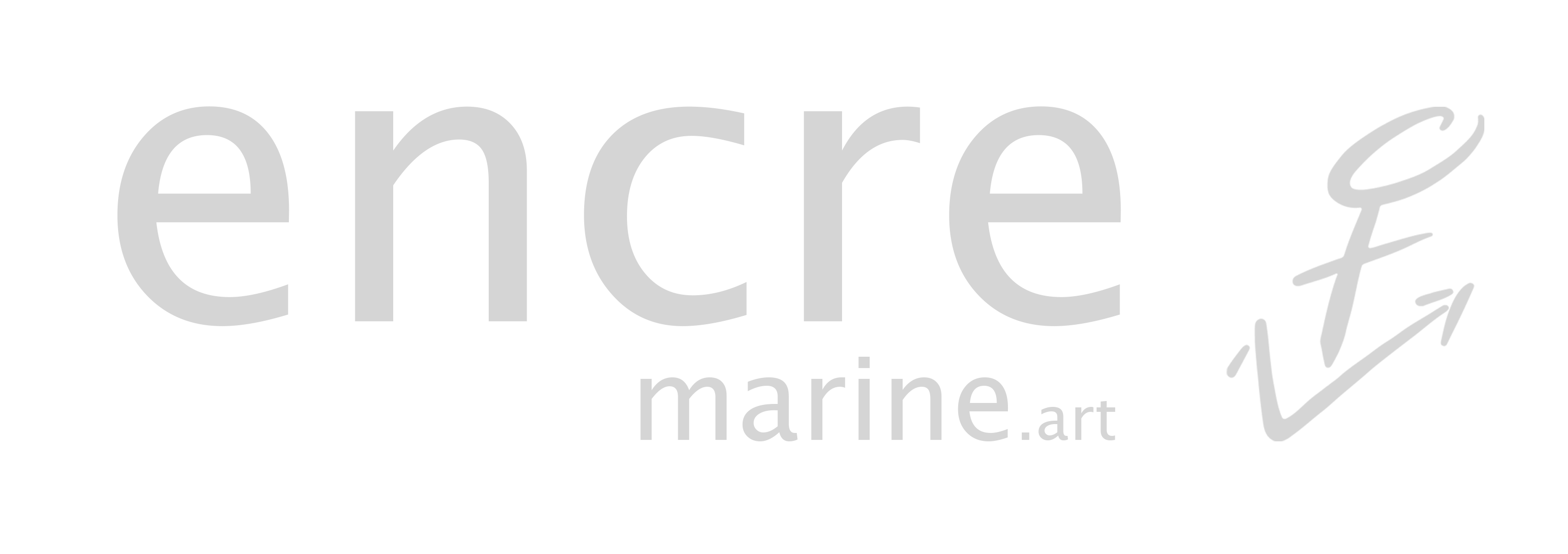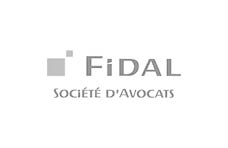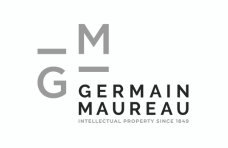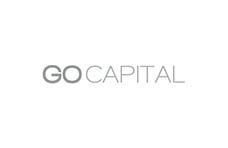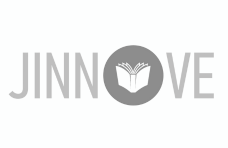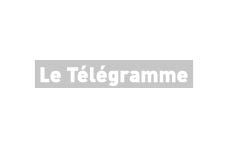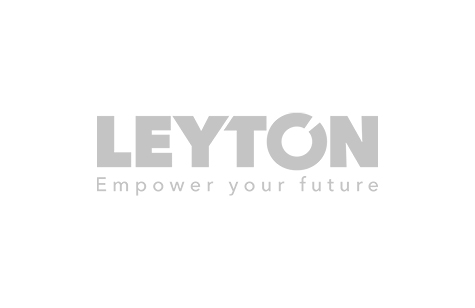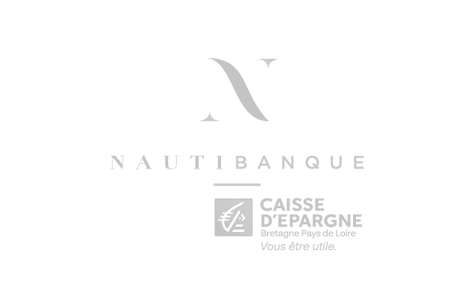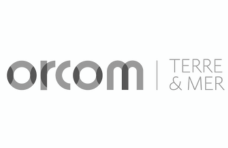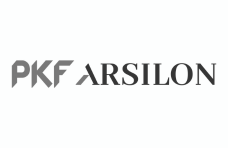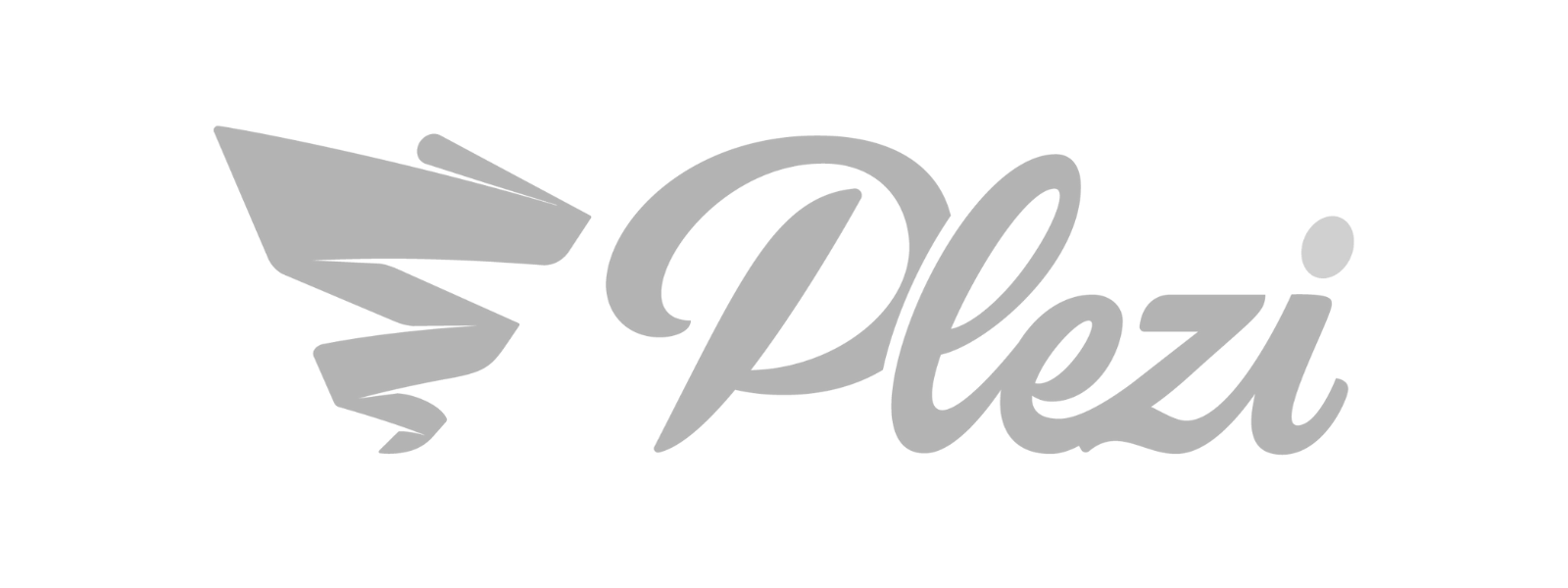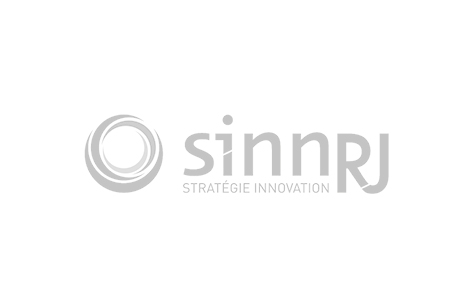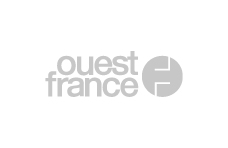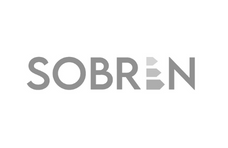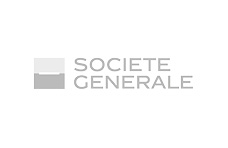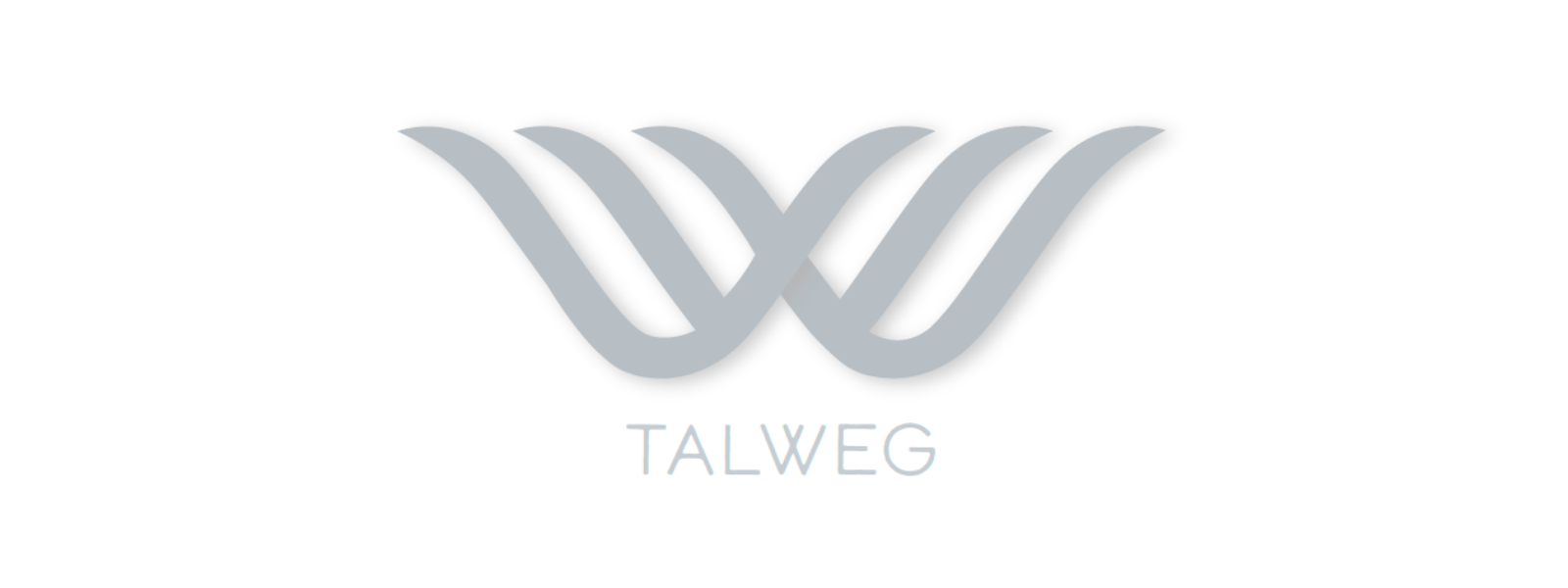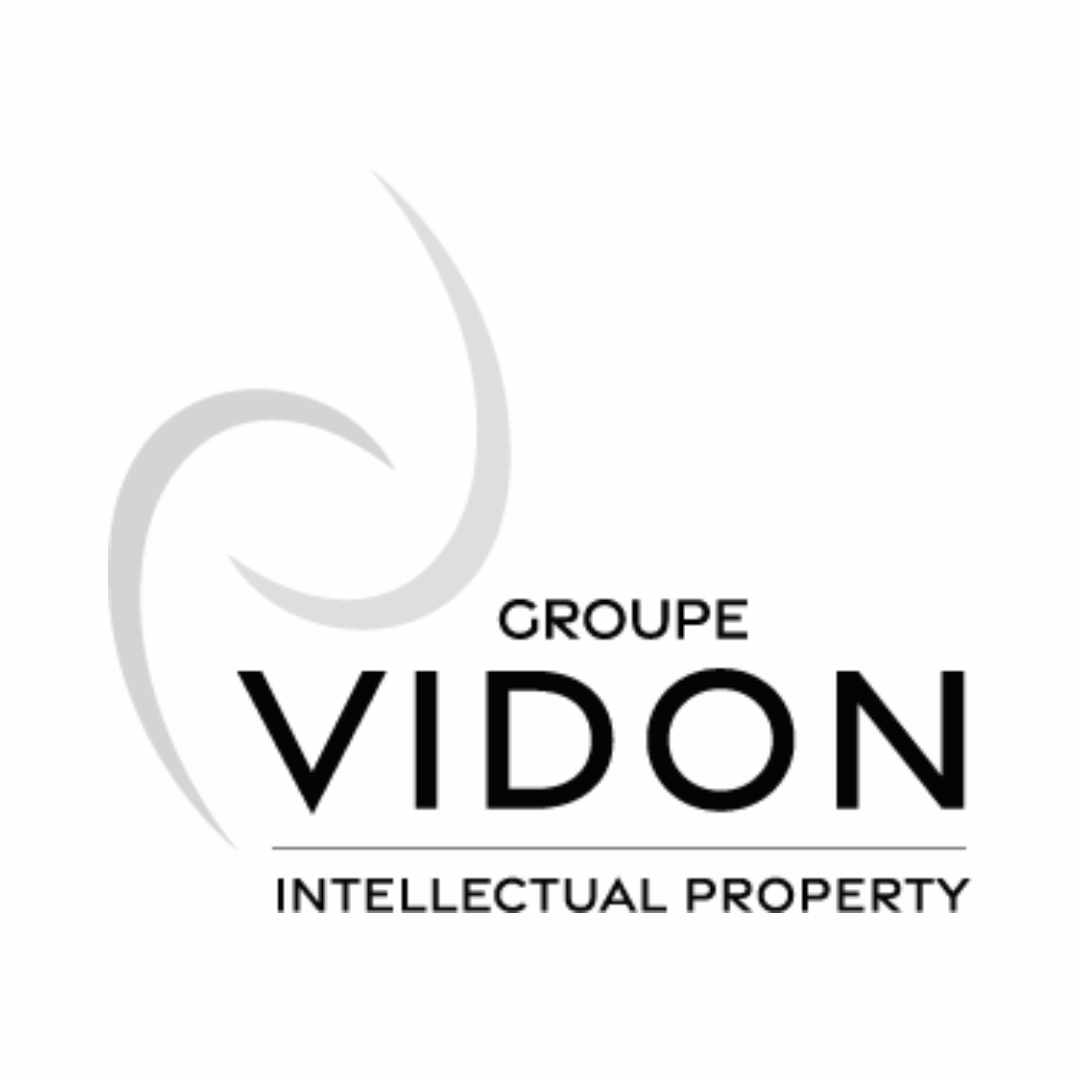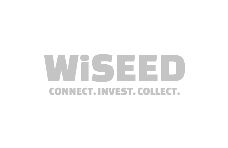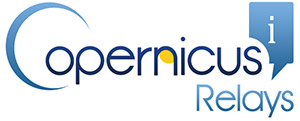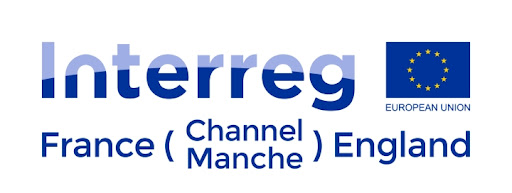◀ Retour au sommaire de la newsletter
Sustainable aquaculture
Thursday 11th of October 2018
Animated by Pôle Mer Bretagne Atlantique
08:45 Introduction & key points in the Strategic Domain “sustainable aquaculture” at Pôle Mer Bretagne Atlantique (Sea innovation & business cluster)
Part 1-1 Integrated Multi-Trophic Aquaculture (IMTA) / ecosystem services
09:15
Dr. CHOPIN Thierry, University of New Brunswick, Canada
Integrated Multi-Trophic Aquaculture (IMTA): a flexible approach to responsible aquaculture, valuing ecosystem services, fitting within a circular economy framework, and compatible with the management of marine protected areas
In tomorrow food production systems, aquaculture will have an increasing share. However, the Blue Revolution needs to become the greener Turquoise Revolution by developing innovative technologies and practices with increased environmental sustainability, economic stability and societal acceptability.
With Integrated Multi-Trophic Aquaculture (IMTA), farmers cultivate species from different trophic levels with complementary ecosystem functions in proximity. They combine fed with extractive species to take advantage of synergistic interactions among them while biomitigation operates within a circular economy approach. Because different nutrients need to be recaptured, different spatial and temporal strategies should be designed. This means that entire bays/regions can be units of IMTA management, within an Integrated Coastal Area Management (ICAM) strategy.
The IMTA concept is highly flexible and ever evolving. It has many variations adaptable to open-water/land-based, marine/freshwater, and temperate/tropical systems; it, consequently, cannot be reduced to a short definition. It is also a practice compatible with the objectives and governance of marine protected areas.
To bestow IMTA its full value, extractive species need to be valued for not only their biomass/food trading values, but also for the ecosystem services and the increase in consumer trust and societal/political license to operate they provide. The value of the ecosystem services should be used as financial/regulatory incentive tools (nutrient trading credits). The IMTA multi-crop diversification approach could be an economic risk mitigation/management option to address pending climate change/coastal acidification impacts
10:15
ALMÅS Karl Andreas, Ph.D, Special Advisor, SINTEF Ocean
Board Chairman of Norwegian Center of Expertise Aquatech Cluster
Development the European aquaculture industry through cluster cooperation
Aim of the presentation will be to highlight the different thematics and issues linked to aquaculture at Aquatech Cluster. Indeed, the NCE Aquatech Cluster is one of the largest aquaculture clusters globally. It has more than 120 Norwegian partners representing approximately 16.500 employees worldwide and an annual turnover of 60 billion NOK (2017). The cluster represents the supplier industry (80 %), large fish farmers, fish processing industry and institutions for technological based research and education. The main goal is to increase the value creation in the Norwegian aquaculture supplier industry. The cluster is a part of the Norwegian Innovation Cluster Programme and the focus area is sustainable aquaculture food production for international markets.
The main industrial activities will be described, and the operational experiences of the NCE Aquatech Cluster will be discussed during the presentation
10:45 COFFEE BREAK
Part 1-2 : Domestication of news species, and genetics monitoring
11:00
LAGUERRE Hélène, Agrocampus-Ouest, in charge of aquaculture-innovation projects and LUTHRINGER Rémy, in charge of Algae and innovation projects
Domestication of news species, candidates for IMTA systems
To develop efficient IMTA systems, the choice of species is crucial. Domestication of news species is an essential step for innovation in aquaculture, and it opens up new potentialities.
Agrocampus Ouest (site of Beg-Meil) is a partner for innovative aquaculture, by developing collaborative experimental projects, with all the stakeholders involved in aquaculture fields.
In that way, different projects are conducted : MARBiotech, which aims to control the life cycle of the marine lungworm Arenicola marina (project leaded by Hemarina), HOLOFARM, to create a new aquaculture based on the sea cucumbers breeding, and POLISTR, to develop innovation in seaweed cultivation.
Partnership : Hemarina, Station Biologique de Roscoff, UBO – LBCM, CRC Bretagne Nord, CRC Bretagne Sud, CRPMEM Bretagne, AQUA B, MNHN Station de Concarneau, Ferme marine de Noirmoutier…
11:25
HUCHETTE Sylvain, France Haliotis
Sea-based abalone aquaculture: high value for seaweed and the environment
Over the past 15 years, France Haliotis has developped a new low trophic aquaculture model using European abalone, Haliotis tuberculata. Abalones are among the most valued seafood in the world. They are herbivorous gastropods feeding on various seaweed that are abundant on western Brittany shores. France Haliotis has developped unique techniques to:
- culture seaweeds of improved nutritional value to feed abalone juveniles and adults,
- manage local seaweed stocks to garantee sustainable harvest and maintain biodiversity over the years,
- improve feed conversion performances through seasonal nutrition planning and genetic selection.
11:50
ALLAL François, PhD in aquaculture genetics and genomics, MARBEC, Ifremer-CNRS-IRD-UM, Palavas-les-Flots, France.
« GeneSea: Fish and Chips!»
Single nucleotide polymorphism chips (or SNP arrays) are major tools for evaluation of genetic diversity of species. Here, we report the first development of a high quality 56,730 SNPs array for European sea bass (Dicentrarchus labrax), DlabCHIP Axiom Affymetrix®, that will become commercially available in 2018. In this presentation, after a quick overview of this novel tool and its particular design, I will expose the expected impact of such innovation, to describe and manage the inbreeding, the genetic diversity of farmed or wild populations and first of all for further genomic-based improvement of the sustainability and performances of livestock populations.
12:15 - exchanges
12:30 End of the session F2-Part I
F2 - Sustainable aquaculture (Part II)
[Production, harvesting, fishing and aquaculture]
Organised by: Pôle Mer Bretagne Atlantique
Location: Room 2
SESSION CONTENT:
14H00-15H00 Plenary session : “To what extent is sustainable aquaculture viable ?”
John Bolton - Katerina Moutou + 1
Access to territories, benchmark:
Access to sea: which potentialities on-shore, off-shore, on the coastal line ? case study on existing sites and new opportunities
15H00-15H15
Aurore Coppens, Investir en Finistère
How spatial planning can foster the development of aquaculture and marine biotechnologies?
These activities are targeted in Europe as fields to support. However, it remains barriers that hamper their development. Spatial planning can help to overcome some difficulties.
In order to tackle this issue, Investir en Finistère (non-profit organization in economic development) and its partners (local authorities, research centers and professional federations) is carrying out the project “Sea Access for production activities especially aquacultures and biosciences activities”.
This project aims to support these activities by editing a cartography for their implementation in Finistère/Brittany and will permit to improve the spatial planification in coastal areas.
15H20-15H40
Mieke Eggermont, Ugent partner of EURASTiP
Alexandra Neyts – General Secretary of EATiP
European Aquaculture: technology and Innovation Platform (EATIP)
Trends and challenges at European level and links with south-east Asia
EURASTiP, EATiP’s link with south-east Asia.
EATiP is an international non-profit association dedicated to developing, supporting and promoting aquaculture and especially technology and innovation in aquaculture in Europe. It is an industry-driven forum in which stakeholders throughout the aquaculture value chain bring forward common research and development priorities to the European agenda. Within the horizon 2020 funded programme EURASTiP, collaboration between Europe and south-east Asia in the field of sustainable aquaculture is envisaged. Through funded exchange programmes and brokerage activities, the European aquaculture stakeholders are assisted in finding the right partner in the south to enhance their business.
15H50-16H10
New sources of proteins for feeding in aquaculture
Marian Peters, NGN
New source of proteins: insects and invertebrates !
EU project InvertebrateIT (EASME)
Novel and sustainable ingredients: Invertebrates/insects as fishmeal replacer
Aquaculture is rapidly growing, and sustainability is an issue. Insects have the potential to replace fishmeal in fish diets. Insects/invertebrates have good nutritional properties, this goes beyond the protein concept.
The production of insects is in a rapid development to professional production. The nutritional value is good and differs for each specie. However, the question is valid how can they enter the market, while the insects are not yet available in bulk? Where to apply insects? What is the state-of-the-art in research? The roadmap to market insect confirms feasibility, addresses risks and a strategy to strengthen a sustainable aquaculture sector.
16H15-16H30
Katerina MOUTOU, Associate Professor of Vertebrate Biology, Department of Biochemistry & Biotechnology, University of Thessaly, Greece
Tools for informed choices of novel fish feed ingredients
The rapid growth of aquaculture and the climate change have resulted to a perpetual quest of novel feed ingredients that can be sustainably resourced and used. This quest requires tools that can assess the capacity of the novel ingredients to efficiently support the biological functions of the fish, and offer information beyond their chemical composition. Tools from biochemistry, molecular biology and biotechnology are recruited to assess the effect of ingredients and feed formulation on the digestive apparatus of fish, crucial to input of nutrients and energy, and on the mechanisms underlying the growth of white muscle, the biggest growing tissue and final aquaculture product. The application of these tools in hatchery and on-growing stages is presented.
16H30-16H45 COFFEE BREAK
16h45-17H00
Environment and Life Cycle analysis
Mathieu BESSON, INRA (French Insitute for Agricultural Research) - Laboratoire GABI : Génétique animale et Biologie integrative
Developing breeding programs to enhance the sustainability of fish farming (balance productivity and environmental sustainability)
Selective breeding generates permanent and cumulative changes in animal traits (performances), directed towards specific objectives. Here, we investigated how selective breeding could be used to enhance the sustainability of fish farming. To do so, we combined a bioeconomic model and a life cycle assessment to identify which traits should be improved in order to reduce environmental impacts and increase farm incomes at the same time. We showed that selecting breeding would be a powerful tool to enhance the sustainability of fish farming by improving key traits, such as feed conversion ratio.
17H00-17H20
Aquaculture and digitalisation (IoT and big-data)
Charlotte Dupont, Biologiste et Data Scientist Biocéanor & EasyGlobalMarket
While aquaculture and IoT have exponentially grown in the world in the last years, the combination of both domains still remains at its early stage. Although water monitoring is at the center of the aquaculture activity, its complexity can often push fish farmers to neglect it. We believe that developing user-friendly IoT tools for fish farming will lead to a new era of connected, responsible and efficient aquaculture. IoT for aquaculture needs to be smart, affordable, easy to deploy, reliable and highly efficient. Artificial Intelligence processing key data given by IoT can also provide new services addressing new challenges facing aquaculture (e.g be efficient but green). We are involved in several European research projects that build the foundation of a new aquaculture 4.0.
17H30 Conclusions - end of the session






